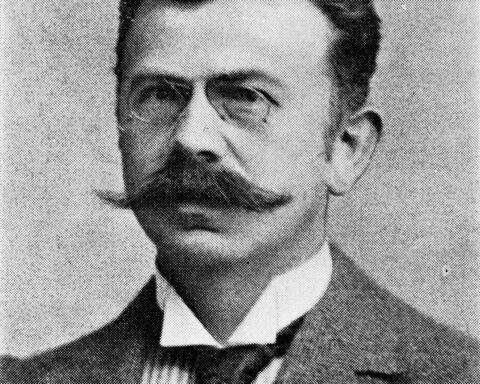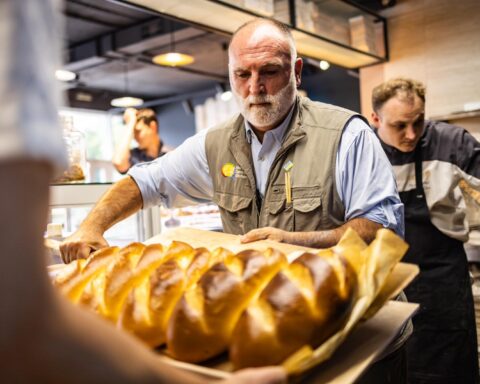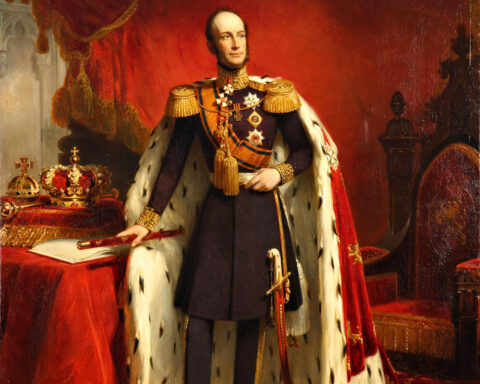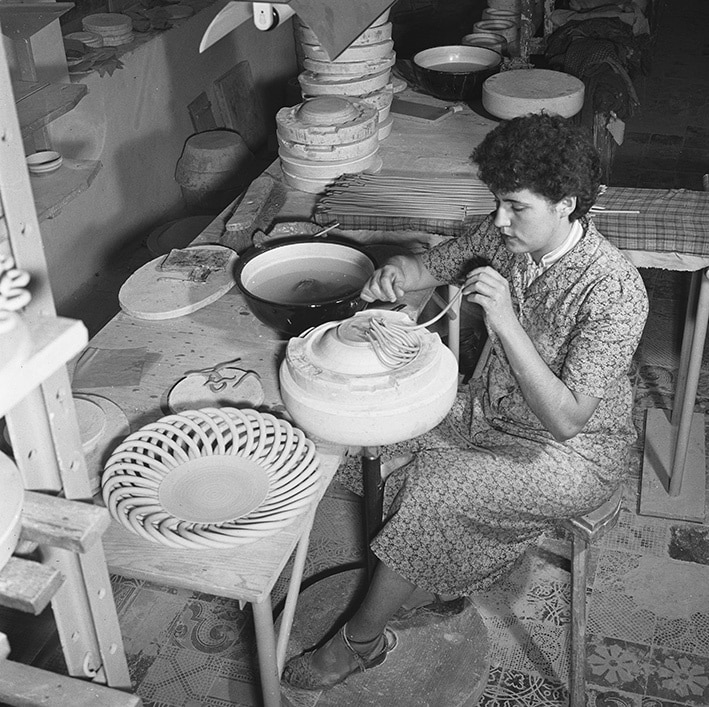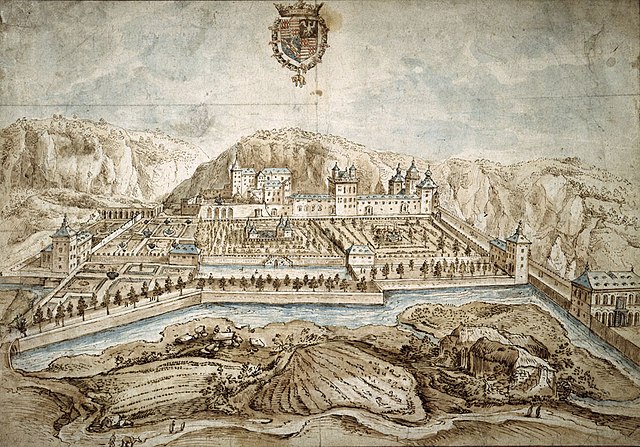Founded in the 18th century, Villeroy & Boch’s Luxembourg presence played a central role in shaping European ceramic production.
Founding of the Septfontaines Manufactory
In 1766, Pierre-Joseph Boch, from the Boch family of ceramic manufacturers, expanded the family business by founding a factory in Septfontaines, Luxembourg. He secured permission from the Austrian Empress Maria Theresia to establish this manufactory in the Austrian Netherlands. The factory marked a shift from traditional artisanal ceramic methods to a more industrialized approach, enabling the production of high-quality earthenware on a larger scale. Known as the Septfontaines manufactory, it quickly gained prestige, earning the designation “Manufacture Impériale et Royale.” This status symbolized both excellence in craftsmanship and imperial recognition, which helped solidify the brand’s reputation across Europe. The Luxembourg location served as the core of the company’s early production and development for many decades.
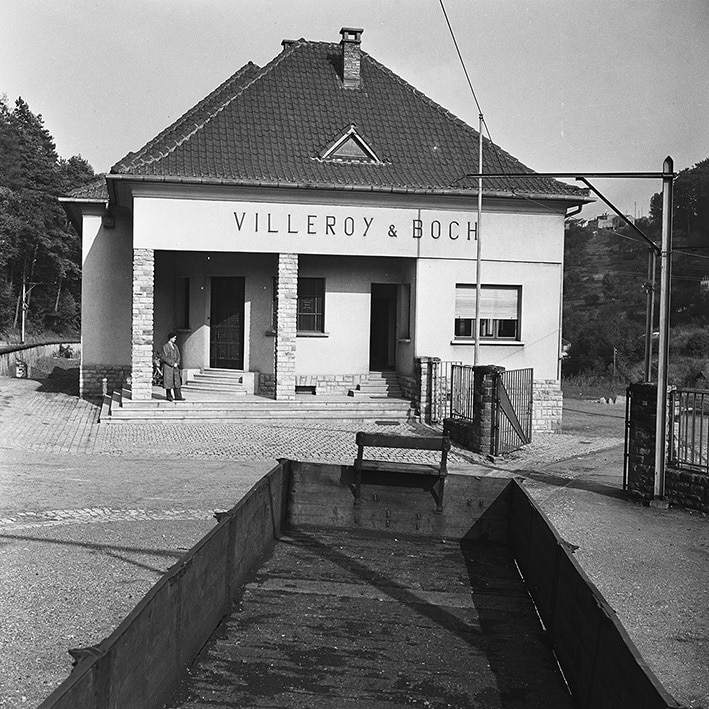
Development of the Brindille Pattern
The Brindille pattern, introduced at Septfontaines in 1770, became a defining feature of Villeroy & Boch ceramics. It displayed delicate blue floral motifs on white earthenware and was influenced by contemporary Rococo tastes. The pattern’s simple yet elegant style captured consumer attention and quickly gained popularity across the continent. Over time, the Brindille design evolved into what is now known as the “Alt Luxemburg” collection. This collection remains in production today and is among the company’s most recognisable product lines. Its continued use illustrates the lasting legacy of the Luxembourg manufactory’s design innovation. By preserving historical patterns while modernising their execution, Villeroy & Boch has maintained continuity in its product identity for over two centuries.
“By preserving historical patterns while modernising their execution, Villeroy & Boch has maintained continuity in its product identity for over two centuries.”
Industrial Mergers and Growth
In 1809, Jean-François Boch acquired a former Benedictine abbey in Mettlach, Germany, to modernise production through mechanisation. This strategic move marked a clear step toward industrial-scale manufacturing. The next major development occurred in 1836 when the Boch enterprise merged with that of Nicolas Villeroy, a competitor with his own strong ceramic brand. This merger formed the company Villeroy & Boch, establishing a new industrial power in ceramics. The Septfontaines site remained important within the merged entity, contributing both design heritage and production capacity. Together, the combined enterprise expanded into new markets and diversified its product range. The foundations laid in Luxembourg provided a vital platform for Villeroy & Boch’s broader European growth.






